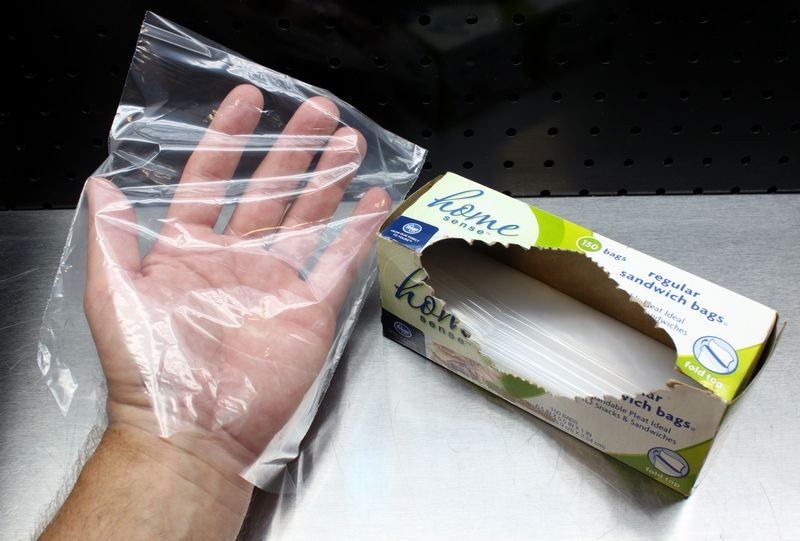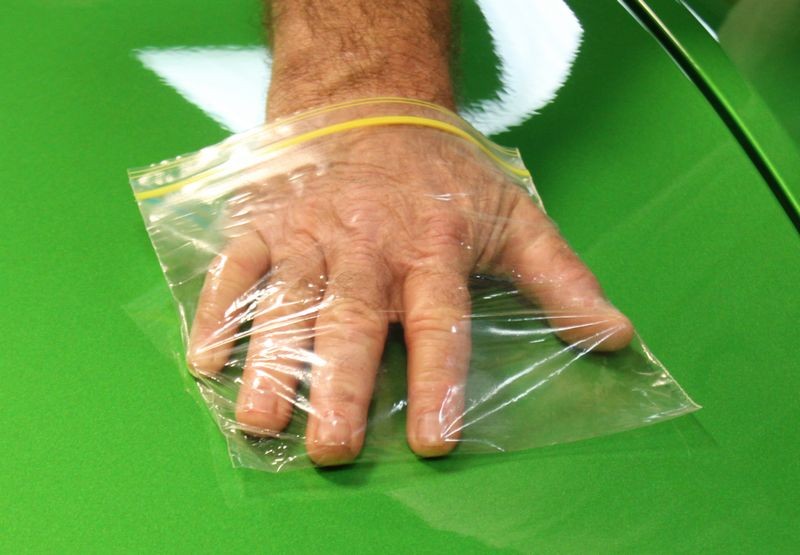Mike Phillips
Active member
- Dec 5, 2022
- 51,004
- 7
Baggie Test Tip from Paul aka 2old2change
Here's a tip from my buddy Paul aka 2old2change that I use all the time. That is, when doing the Baggie Test to inspect for above surface bonded contaminants, purchase and use thin sandwich baggies, not the thicker style common to premium styles like the zip-lock type of sandwich baggies.
The thinner plastic works better to reveal contaminants on the surface better than thicker plastic. A simple tip that really does make a big difference.
Paul even sent me a box of some very inexpensive, Plain-Jane sandwich baggies to use in the studio... thanks Paul!
These are Kroger brand regular sandwich bags

Use the right tool for the job and all that...
Sometimes the little things are the big things...

Here's a tip from my buddy Paul aka 2old2change that I use all the time. That is, when doing the Baggie Test to inspect for above surface bonded contaminants, purchase and use thin sandwich baggies, not the thicker style common to premium styles like the zip-lock type of sandwich baggies.
The thinner plastic works better to reveal contaminants on the surface better than thicker plastic. A simple tip that really does make a big difference.
Paul even sent me a box of some very inexpensive, Plain-Jane sandwich baggies to use in the studio... thanks Paul!
These are Kroger brand regular sandwich bags

Use the right tool for the job and all that...
Sometimes the little things are the big things...








